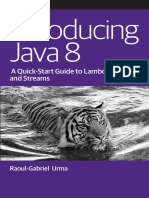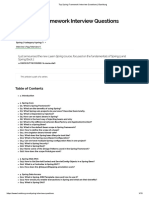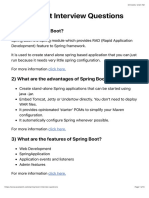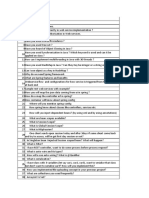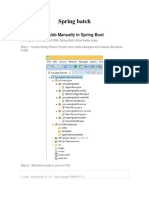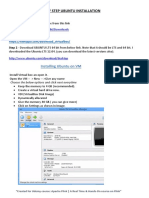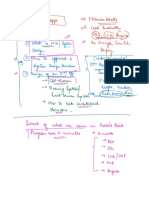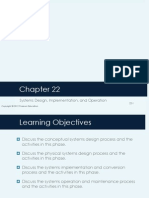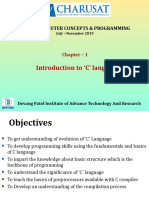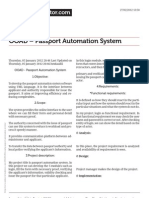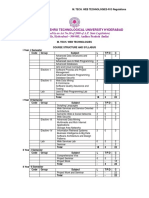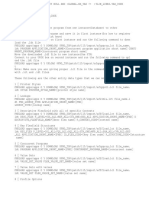100% found this document useful (2 votes)
3K views58 pagesSpring Boot Microservices PPT Notes in PDF
This document discusses building microservices using Spring Boot and Spring Cloud. It describes creating REST APIs using Spring Boot, developing two sample microservices, and implementing synchronous and asynchronous communication between the microservices using RestTemplate, WebClient, and Spring Cloud OpenFeign. It also covers service registration and discovery using Spring Cloud Netflix Eureka.
Uploaded by
prasad velgalaCopyright
© © All Rights Reserved
We take content rights seriously. If you suspect this is your content, claim it here.
Available Formats
Download as PDF, TXT or read online on Scribd
100% found this document useful (2 votes)
3K views58 pagesSpring Boot Microservices PPT Notes in PDF
This document discusses building microservices using Spring Boot and Spring Cloud. It describes creating REST APIs using Spring Boot, developing two sample microservices, and implementing synchronous and asynchronous communication between the microservices using RestTemplate, WebClient, and Spring Cloud OpenFeign. It also covers service registration and discovery using Spring Cloud Netflix Eureka.
Uploaded by
prasad velgalaCopyright
© © All Rights Reserved
We take content rights seriously. If you suspect this is your content, claim it here.
Available Formats
Download as PDF, TXT or read online on Scribd
/ 58






